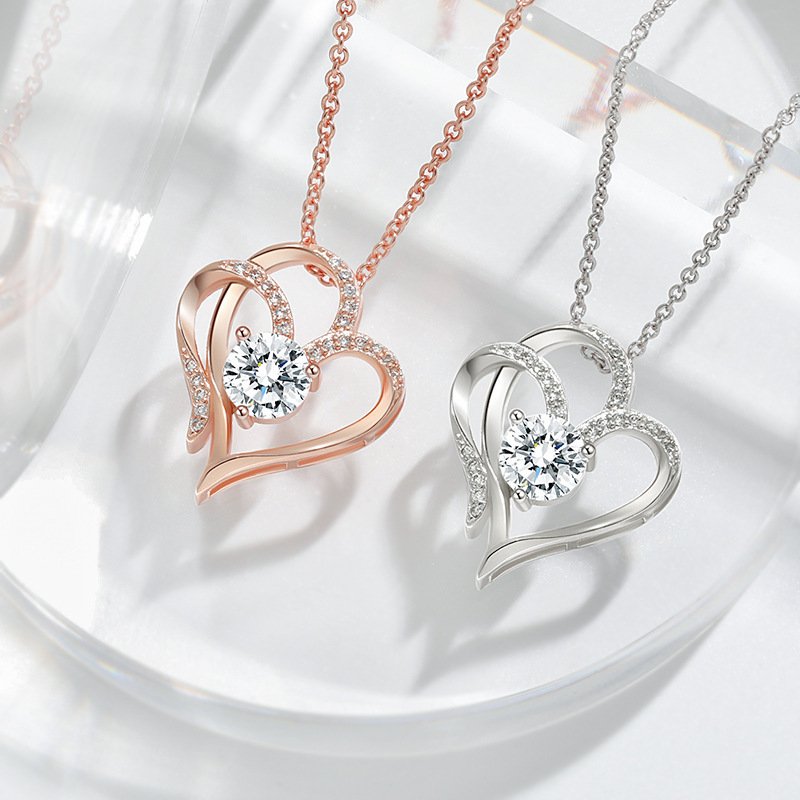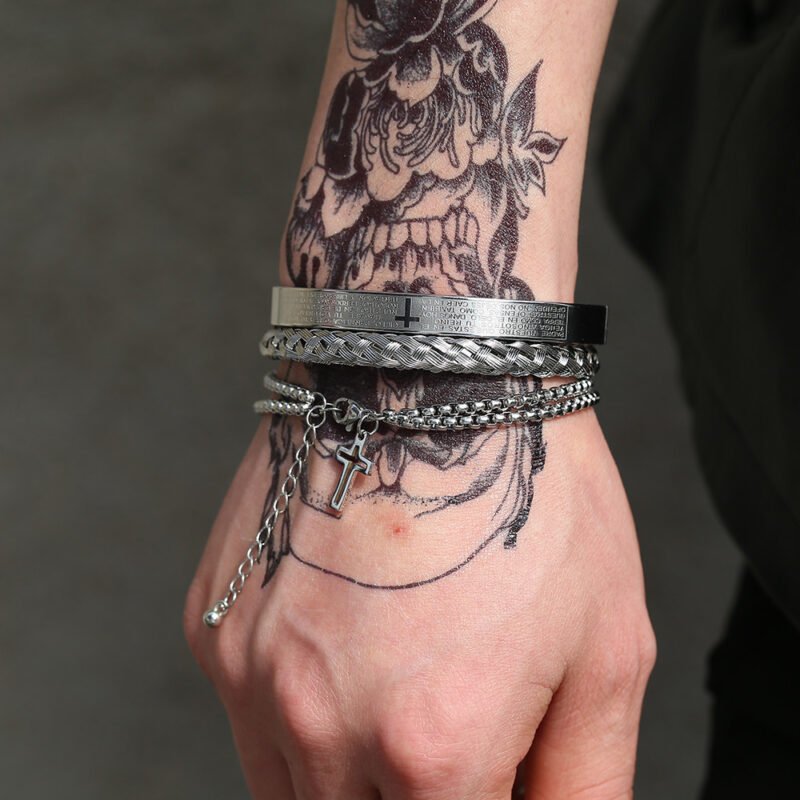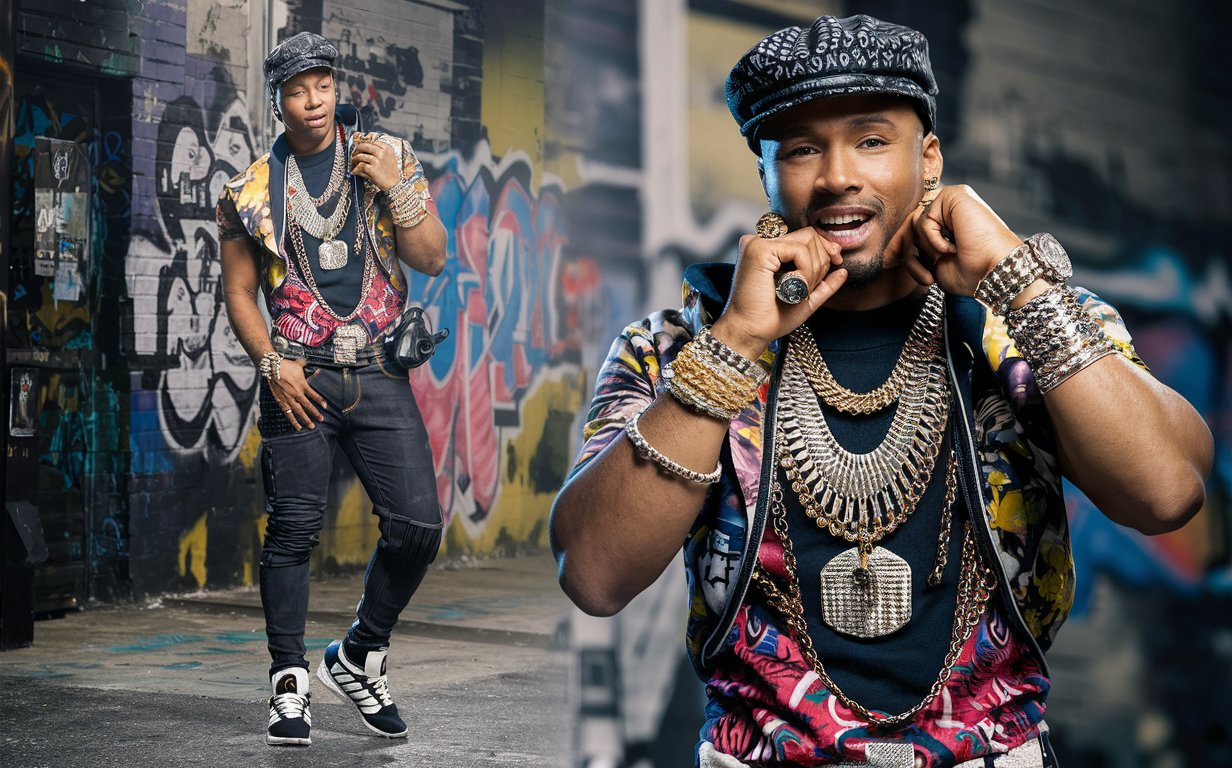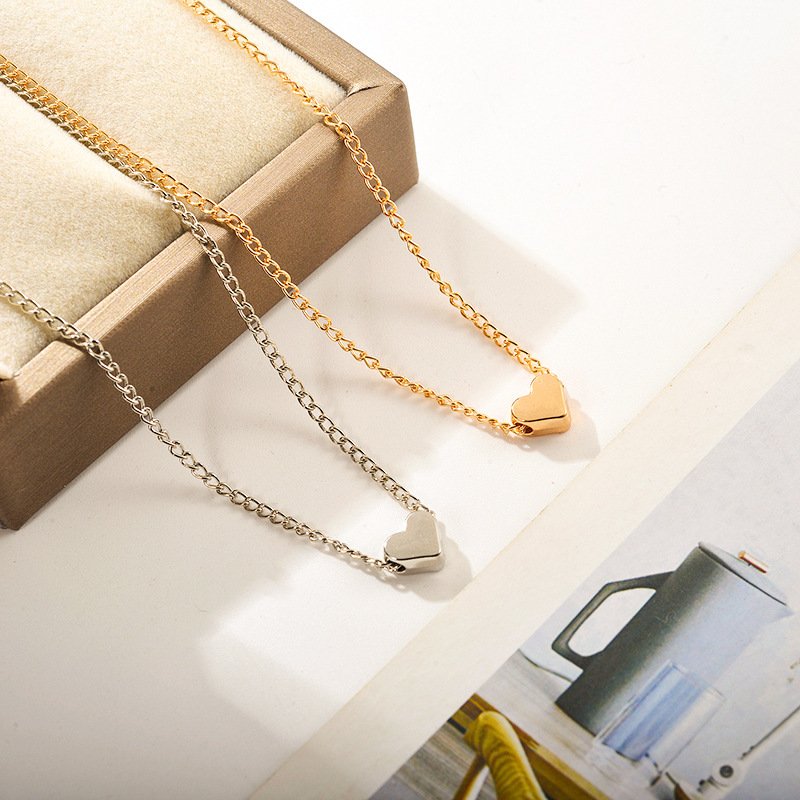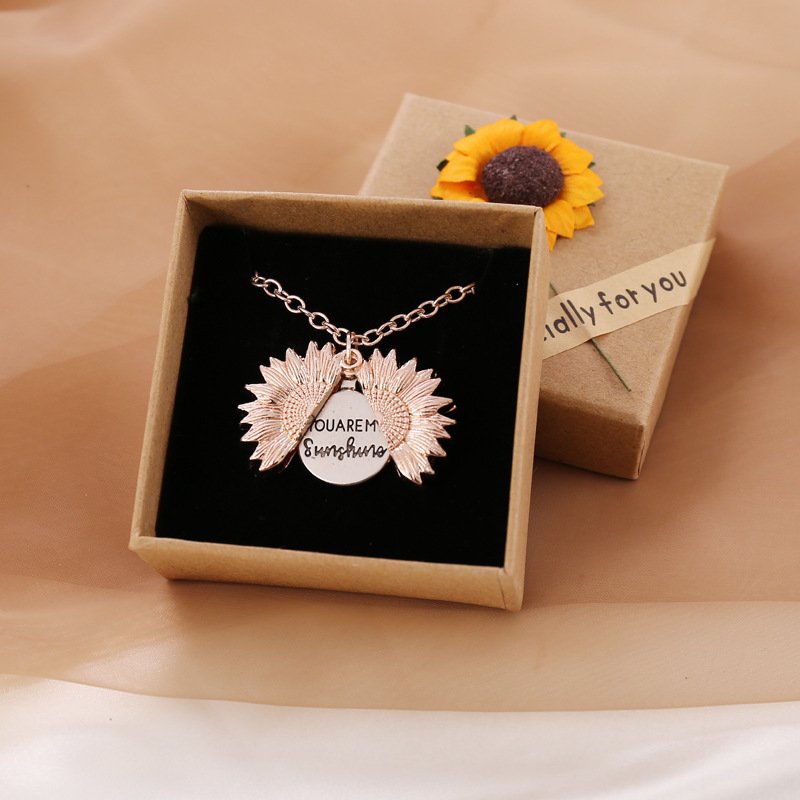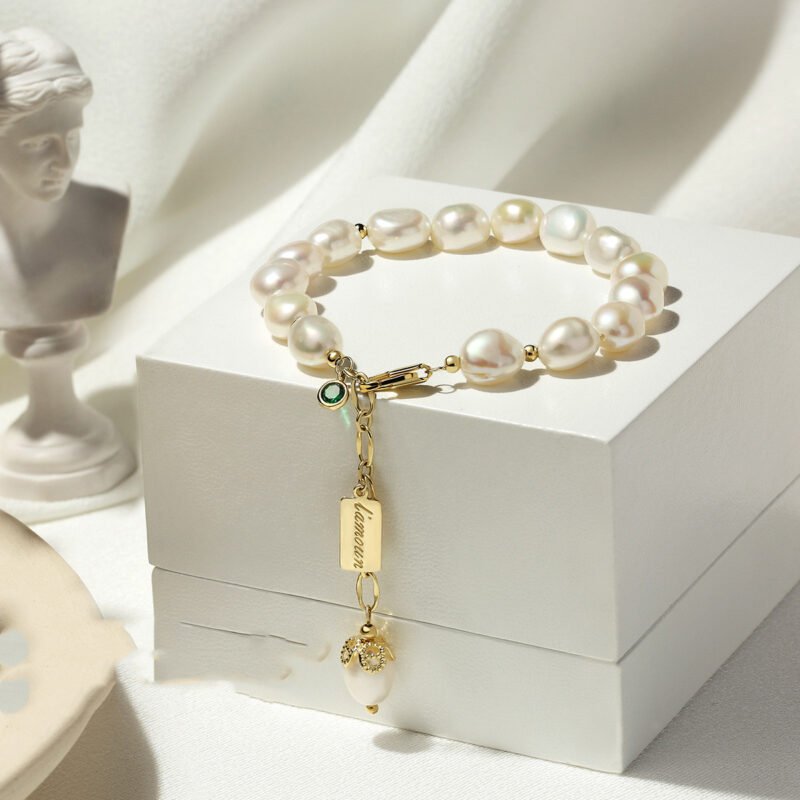Table of Contents
Challenges in Sourcing Materials for Fashion Jewelry
One of the major hurdles faced by the fashion jewelry industry is the sourcing of materials. With the increasing demand for sustainable and ethically sourced components, manufacturers are under pressure to align their practices with these values. However, finding suppliers that meet these criteria can be a challenging task, as it requires thorough research and vetting processes to ensure that the materials used are sourced responsibly.
Moreover, the global nature of the fashion jewelry supply chain adds further complexity to the sourcing process. Dealing with suppliers from different countries with varying regulations and standards can lead to inconsistencies in material quality and ethical practices. This lack of uniformity in sourcing standards poses a significant challenge for manufacturers striving to maintain transparency and integrity throughout their production processes.

Labor Practices in the Fashion Jewelry Industry
The fashion jewelry industry is notorious for often poor labor practices, with many workers facing long hours, low pay, and unsafe working conditions. The demand for fast and cheap production has led to exploitation of workers, especially in developing countries where regulations may be lax. This has raised concerns about the ethical implications of how fashion jewelry is manufactured and the need for greater transparency and accountability within the industry.
Improving labor practices in the fashion jewelry industry requires a collaborative effort from all stakeholders, including manufacturers, retailers, and consumers. Companies must prioritize the well-being and fair treatment of their workers, ensuring they are paid living wages and provided with safe working environments. Consumers can also play a role by choosing to support brands that adhere to ethical labor practices and advocating for greater transparency in the fashion jewelry supply chain.
Environmental Impact of Fashion Jewelry Production
Fashion jewelry production has been associated with significant environmental impacts. The extraction of metals and gemstones for jewelry production often leads to habitat destruction, pollution of water sources, and soil degradation. Additionally, the use of toxic chemicals in the manufacturing process can further contribute to environmental harm, affecting ecosystems and potentially the health of surrounding communities.
Furthermore, the high energy consumption and carbon emissions from transportation and manufacturing processes also add to the environmental footprint of fashion jewelry production. As consumer demand for jewelry continues to rise, addressing these environmental impacts through sustainable sourcing practices, energy-efficient manufacturing techniques, and waste management strategies becomes paramount for the industry to move towards a more sustainable future.
Fair Trade Practices in Fashion Jewelry Manufacturing
Fair trade practices play a crucial role in promoting ethical standards within the fashion jewelry manufacturing industry. By ensuring that artisans and workers are paid fair wages and operate in safe working conditions, fair trade initiatives help protect vulnerable communities from exploitation. These practices also contribute to the sustainable development of local economies, empowering individuals to improve their livelihoods and fostering social responsibility within the supply chain.
In addition to promoting fair wages and safe working conditions, fair trade practices in fashion jewelry manufacturing often prioritize environmental sustainability. By adhering to environmentally friendly production processes and sourcing materials responsibly, companies can minimize their carbon footprint and reduce negative impacts on natural resources. Embracing fair trade principles not only benefits the workers and communities involved but also resonates with consumers increasingly seeking jewelry that aligns with their ethical values.
Ethical Considerations in Designing Fashion Jewelry
When designing fashion jewelry, ethical considerations should be at the forefront of the creative process. Designers must prioritize sourcing materials that are ethically and sustainably produced, ensuring that no harm is caused to the environment or communities involved in the supply chain. This involves carefully selecting suppliers who adhere to fair trade practices and have transparent production processes.
Additionally, designers need to consider the impact of their designs on cultural appropriation and discrimination. It is crucial to respect the cultural significance of different materials and symbols used in fashion jewelry, especially when drawing inspiration from diverse cultures. By incorporating ethical considerations into the design phase, fashion jewelry designers can contribute to a more sustainable and socially responsible industry.
The Role of Certification in Ensuring Ethical Practices
Certification plays a crucial role in ensuring ethical practices within the fashion jewelry industry. By obtaining certifications from recognized organizations, jewelry manufacturers can demonstrate their commitment to upholding ethical standards in sourcing materials, labor practices, and environmental impact. These certifications act as a signal to consumers that the company is dedicated to transparency and accountability in its operations.
Moreover, certifications also provide guidance for businesses to adhere to best practices and continuously improve their ethical standards. With the help of certification bodies, fashion jewelry companies can access resources and support to navigate complex supply chains and make more informed decisions that benefit both the environment and the workers involved in the production process. Ultimately, certification serves as a valuable tool in building trust and credibility with stakeholders, fostering a culture of responsibility and sustainability in the fashion jewelry industry.
Supply Chain Transparency in Fashion Jewelry
Transparency in the fashion jewelry supply chain is crucial for ensuring ethical practices and accountability throughout the production process. By providing visibility into every stage of sourcing, manufacturing, and distribution, companies can build trust with consumers and demonstrate their commitment to responsible business practices. This transparency also allows for better oversight of labor conditions, environmental impact, and community engagement, fostering a more sustainable and socially conscious industry.
Effective supply chain transparency in fashion jewelry involves thorough documentation of suppliers, materials, processes, and certifications. Companies need to disclose information about where their materials are sourced from, how they are processed, and who is involved in each step of production. This not only enables consumers to make informed purchasing decisions but also encourages companies to uphold higher standards and proactively address any issues that may arise in their supply chain. Ultimately, supply chain transparency is a key component of promoting accountability and driving positive change in the fashion jewelry industry.
Community Engagement in Fashion Jewelry Production
Community engagement plays a crucial role in the production of fashion jewelry. One way that community engagement is fostered is through collaborations with local artisans and craftsmen who bring unique skills and cultural insights to the design process. By involving these individuals in the creation of jewelry pieces, companies can not only support local economies but also promote traditional craftsmanship.
Furthermore, community engagement initiatives can extend beyond just the production phase. Fashion jewelry companies can work with local communities to establish programs that support education, skill development, and empowerment. Through these initiatives, companies can create a positive impact on the communities they work with, fostering long-term relationships built on respect and mutual benefit.
Innovations in Sustainable Materials for Fashion Jewelry
In recent years, there has been a growing focus on sustainable materials in the fashion jewelry industry. Designers and manufacturers are continually seeking out innovative ways to reduce the environmental impact of their products. One significant development in this field is the use of recycled materials such as reclaimed metals, vintage beads, and repurposed gemstones. These materials not only give a unique aesthetic to the jewelry pieces but also contribute to minimizing waste and promoting a circular economy.
Another promising trend is the incorporation of sustainable natural materials like bamboo, cork, and wood into fashion jewelry designs. These materials are not only renewable but also biodegradable, making them an eco-friendly alternative to traditional metals and plastics. By utilizing these sustainable materials in their creations, jewelry designers are not only meeting the demand for more ethical and environmentally conscious products but also setting a new standard for the industry as a whole.
• Recycled materials such as reclaimed metals, vintage beads, and repurposed gemstones are being used in fashion jewelry
• These materials give a unique aesthetic to the jewelry pieces while minimizing waste
• Promising trend of incorporating sustainable natural materials like bamboo, cork, and wood into designs
• Renewable and biodegradable materials offer an eco-friendly alternative to traditional metals and plastics
• Jewelry designers are meeting the demand for more ethical and environmentally conscious products
Consumer Education on Ethical Fashion Jewelry Practices
Consumers play a pivotal role in promoting ethical practices in the fashion jewelry industry. By educating themselves on the origins of materials used in jewelry production, consumers can make informed decisions that align with their values. Understanding the impact of their purchases on labor practices, environmental sustainability, and community engagement is essential in supporting ethical fashion jewelry brands.
Consumer education on ethical fashion jewelry practices involves researching companies that prioritize fair trade principles, sustainable sourcing, and transparent supply chains. By seeking out jewelry brands that are committed to ethical production methods, consumers can contribute to a more sustainable and responsible industry. Additionally, consumers can advocate for greater transparency and accountability in the fashion jewelry sector by asking questions about sourcing practices and supporting certifications that ensure ethical standards are met.
What are some challenges in sourcing materials for fashion jewelry?
Some challenges in sourcing materials for fashion jewelry include ensuring ethical and sustainable practices, as well as verifying the origins of materials to prevent exploitation and harm to the environment.
What are the labor practices in the fashion jewelry industry?
Labor practices in the fashion jewelry industry can vary, but it is important to look for companies that uphold fair labor standards, provide safe working conditions, and pay workers a living wage.
What is the environmental impact of fashion jewelry production?
Fashion jewelry production can have a significant environmental impact due to the use of chemicals, water consumption, and waste generation. It is important to support companies that prioritize sustainability and eco-friendly practices.
What are fair trade practices in fashion jewelry manufacturing?
Fair trade practices in fashion jewelry manufacturing involve ensuring that workers are paid fairly, have safe working conditions, and are treated with respect. Companies that adhere to fair trade principles prioritize social responsibility and ethical sourcing.
What ethical considerations should be taken into account when designing fashion jewelry?
When designing fashion jewelry, it is important to consider the origins of materials, the impact on the environment, and the welfare of workers in the production process. Ethical considerations should be integrated into the design process to create jewelry that is both beautiful and responsible.
How does certification play a role in ensuring ethical practices in fashion jewelry?
Certification programs, such as Fair Trade or Responsible Jewellery Council (RJC) certification, can help consumers identify fashion jewelry companies that adhere to ethical practices. These certifications provide assurance that the jewelry has been produced in a socially and environmentally responsible manner.
Why is transparency in the supply chain important for fashion jewelry?
Supply chain transparency is important for fashion jewelry to ensure that materials are sourced ethically, workers are treated fairly, and environmental standards are upheld throughout the production process. Transparent supply chains allow consumers to make informed choices and support companies that prioritize ethics.
How can consumers engage with communities in fashion jewelry production?
Consumers can engage with communities in fashion jewelry production by supporting brands that partner with artisans and cooperatives, provide training and fair wages, and contribute to community development projects. By purchasing jewelry from socially responsible companies, consumers can positively impact the communities involved in production.
What innovations are being made in sustainable materials for fashion jewelry?
Innovations in sustainable materials for fashion jewelry include the use of recycled metals, ethically sourced gemstones, and eco-friendly alternatives to traditional materials. Companies are increasingly exploring innovative materials that reduce environmental impact and support ethical practices in jewelry production.
How can consumers educate themselves on ethical fashion jewelry practices?
Consumers can educate themselves on ethical fashion jewelry practices by researching brands, reading about industry standards and certifications, and asking questions about the origins of materials and labor practices. By staying informed and supporting responsible companies, consumers can make a positive impact through their purchasing decisions.


